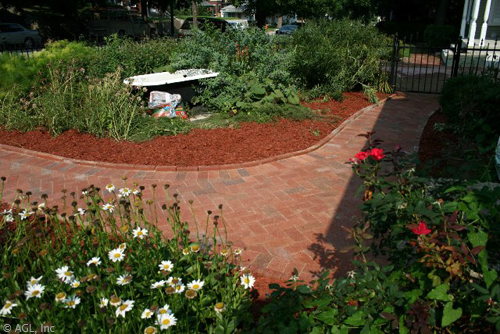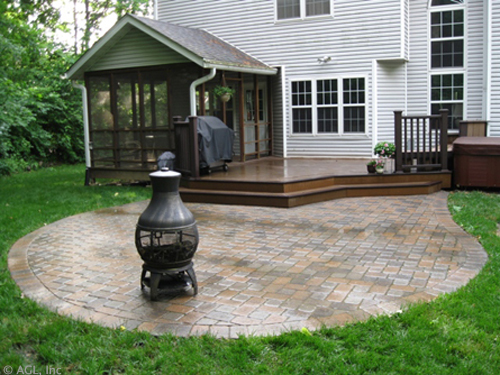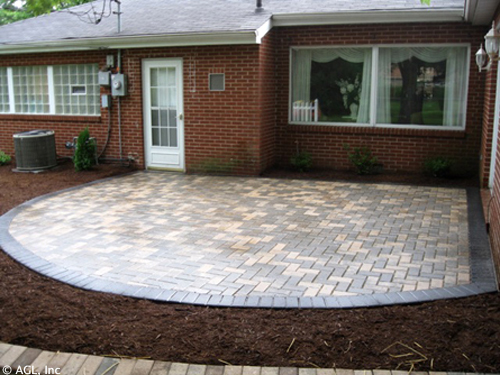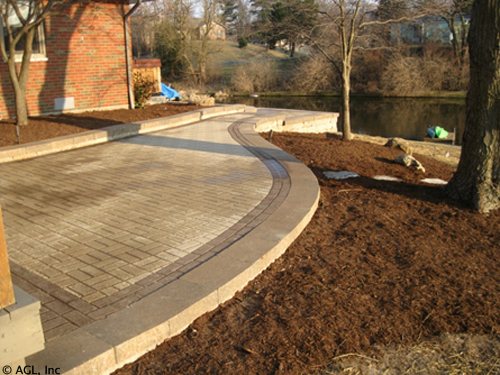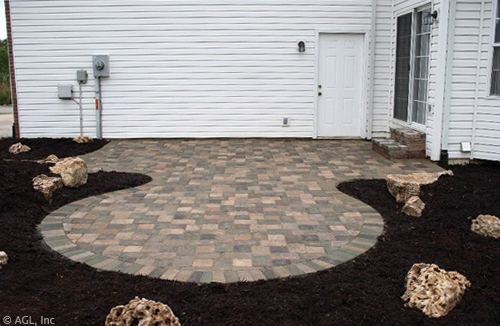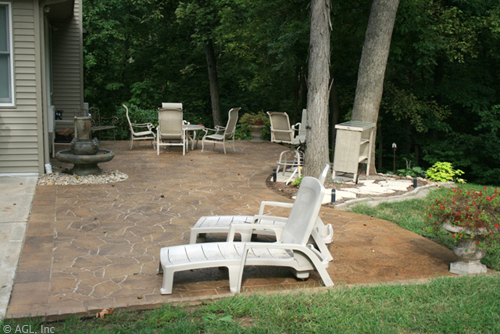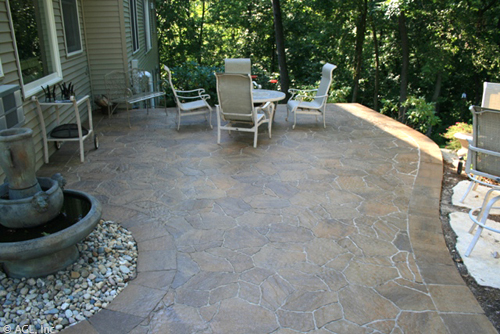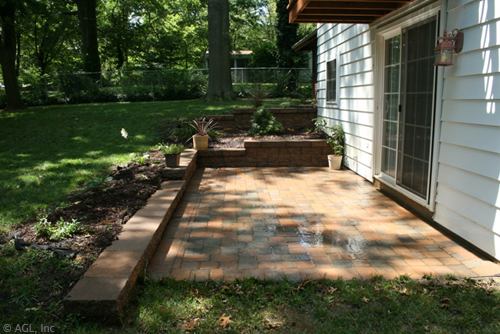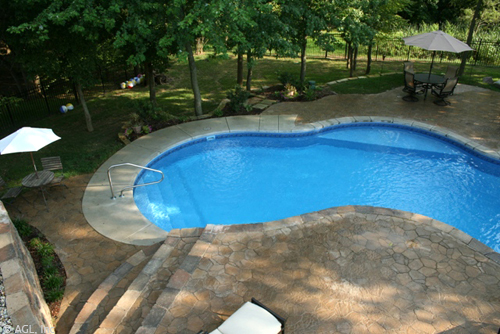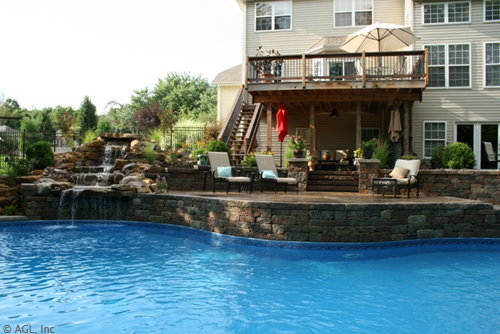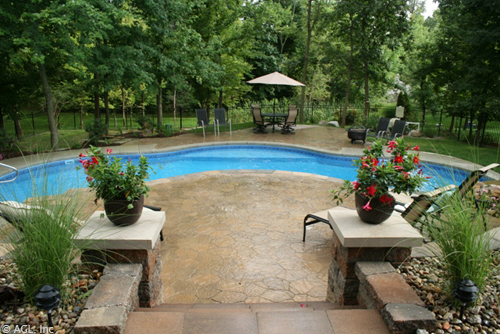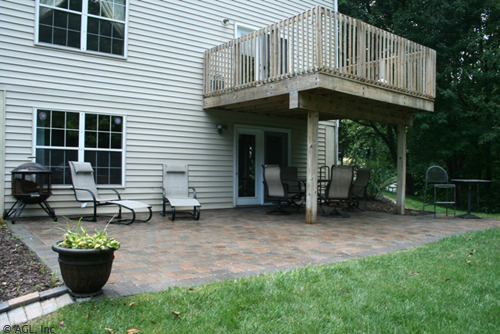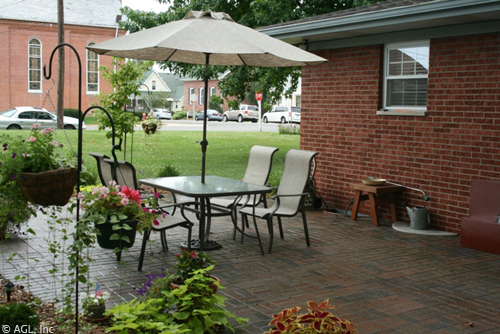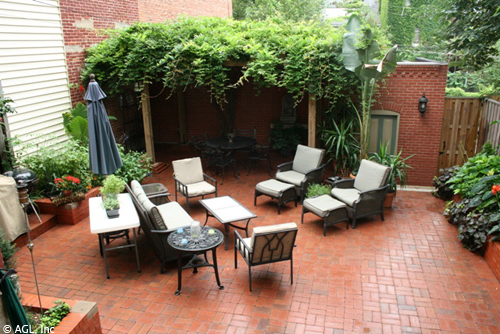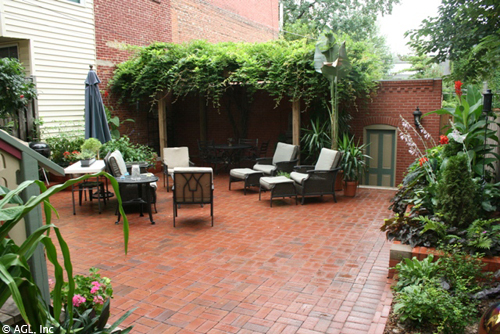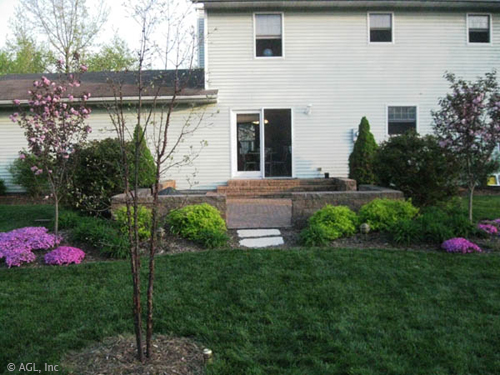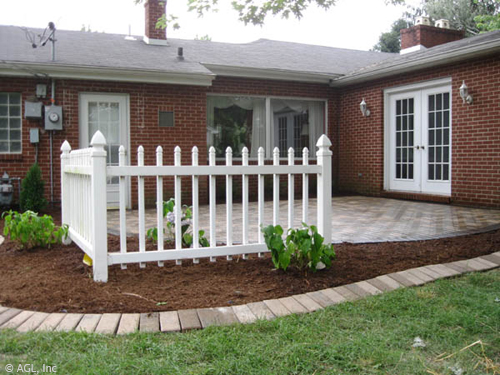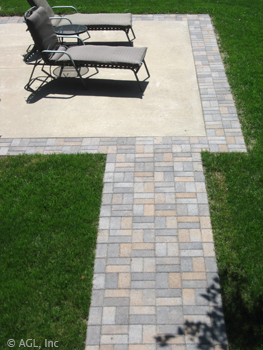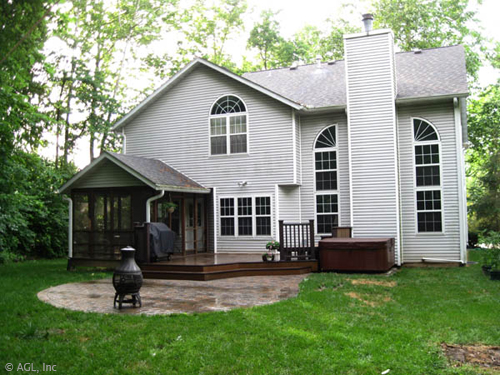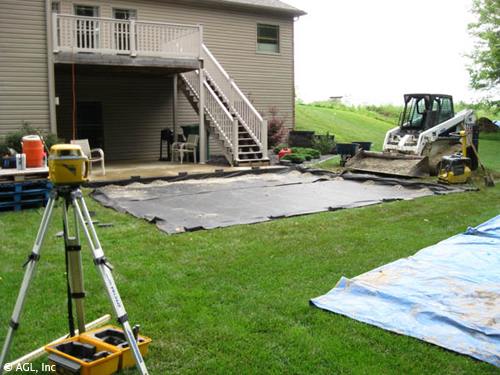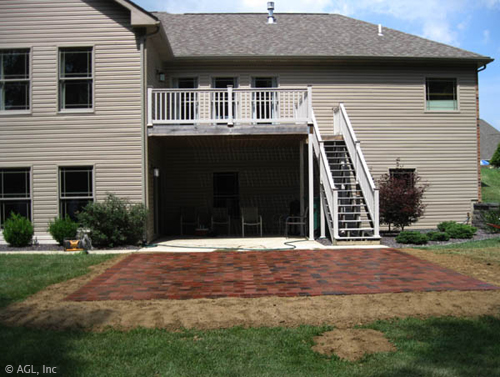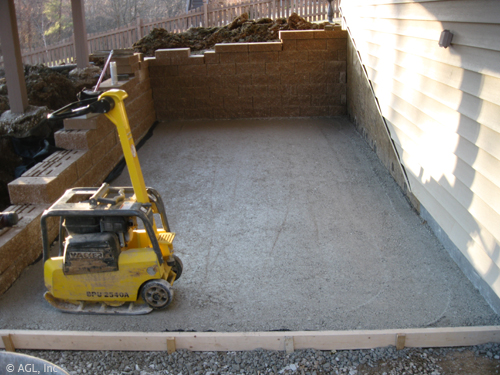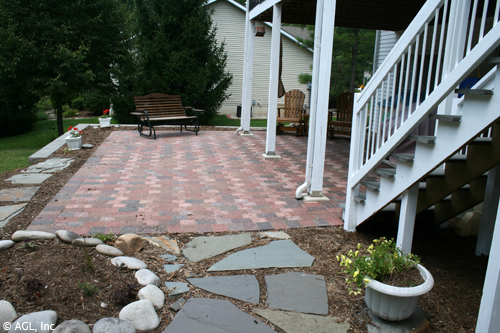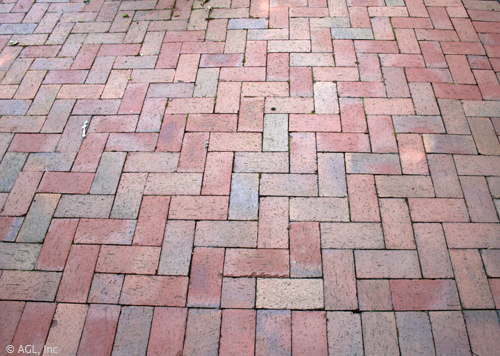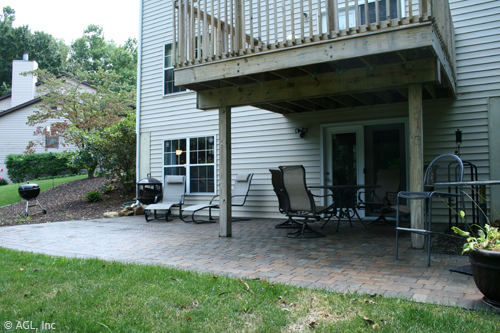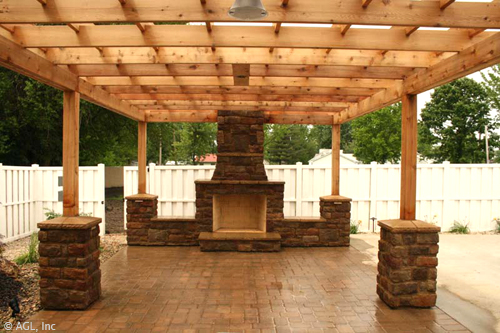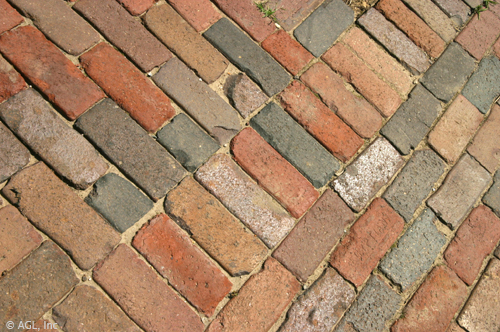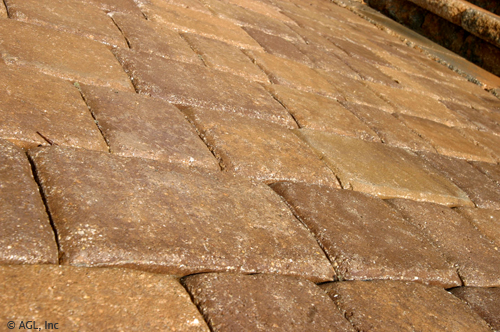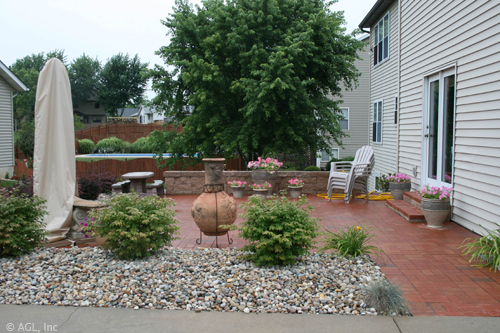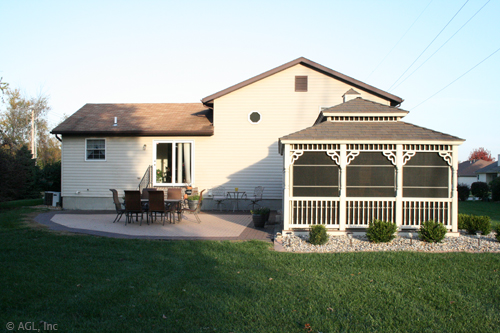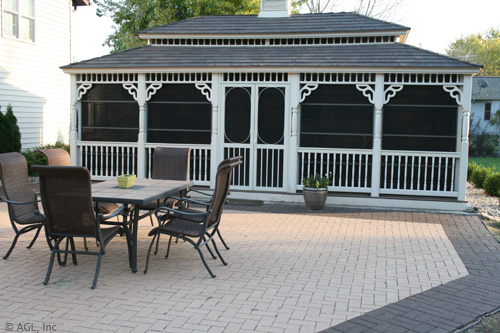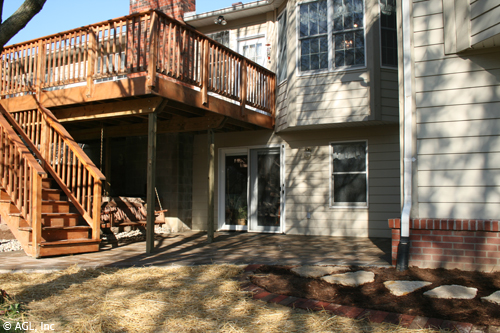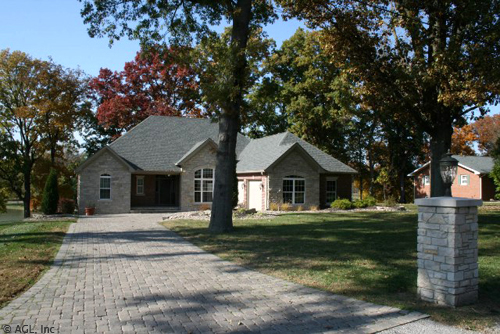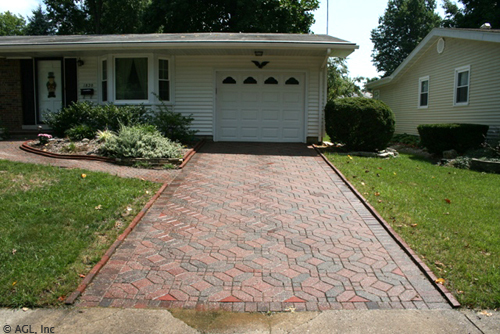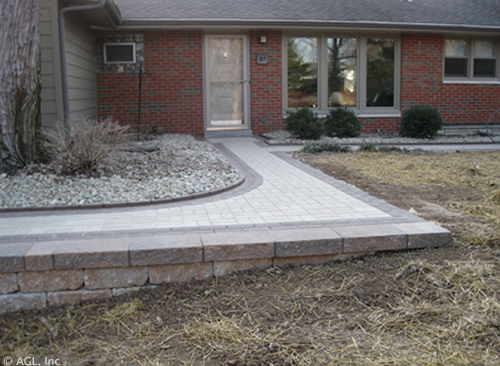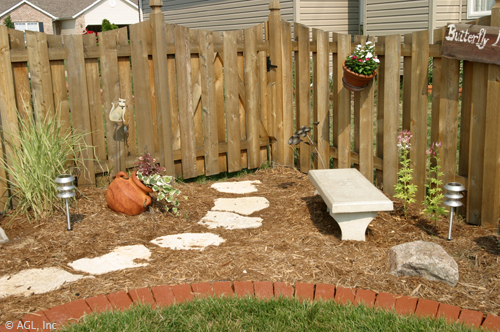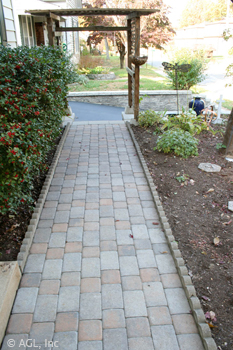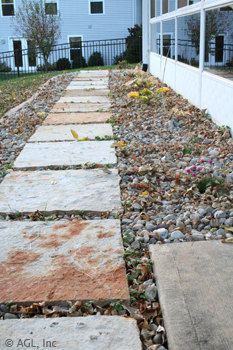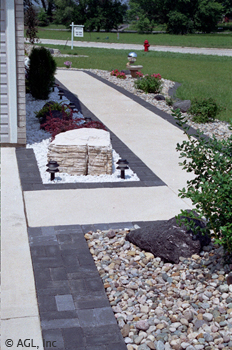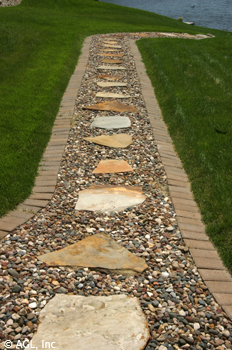Patios, Drives & Walks
Patio pavers are becoming a popular building material for constructing outdoor patios and entertainment decks for many reasons. They are easier to repair, more durable, more aesthetically pleasing, are more flexible, and are easier to maintain. Concrete slabs usually crack and split over the course of time due to fluctuations in St. Louis area weather. The joints between pavers eliminate cracking normally associated with conventional asphalt and concrete pavements used in creating patios and decks.
Due to the availability of various shapes, colors, and sizes of patio pavers, they have become one of the most versatile paving materials available today. Additionally, the combination of slip resistance and attractive finishes has aided their popularity. In choosing the floor material for a patio, one must be careful to properly consider the safety, comfort, style and design issues of the patio surface. Patio pavers address all these factors because they have a non-slip surface, they are comfortable to walk on, and they have a classical appearance. They can be designed in a variety of patterns, shapes and colors that can create a beautiful and unique aesthetic.
Popular materials for patios and decks are: stone, brick, interlocking pavers, concrete and decorative concrete. We are certified and licensed ICPI and NCMA installers.
History of Pavers
The concept of tightly fitted paving units on a sand base is very old. The first segmental paved roads were constructed in the year 5000 B.C. by the Cretans or also known as the Minoans. With plenty of free labor and military dominance, the Romans constructed the first paved interstate system over 1,900 years ago. This system consisted of a 51,000-mile network of roads that could handle heavy traffic and extreme conditions. Since then, almost every culture continues to use segmental pavements.
During the vast reconstruction following World War II, paving stones experienced a renaissance. Fritz Von Langsdorff, an engineer from Germany, developed a choice of shapes and colors for concrete pavers that featured tremendous pressure resistance and low moisture content. The earliest paving stones were installed in Stuttgart, Germany. This is also the hometown of the Mercedes Benz and Porsche.
The Germans engineered very efficient machinery for the production of concrete pavers in the 1960's. Then in the 1970's, manufacturing technology quickly moved to England, the rest of Europe, Australia, New Zealand, and Africa.
Germany produces over a billion square feet of pavers. In the 70's, the technology of interlocking pavers was introduced to Canada and then quickly spread to the United States. As of 1994, North American sales of interlocking pavers reached almost 200 million square ft. While this represents strong growth over a 20 year period, it is small in comparison to the other 4 billion plus-sq. ft. sold globally.



